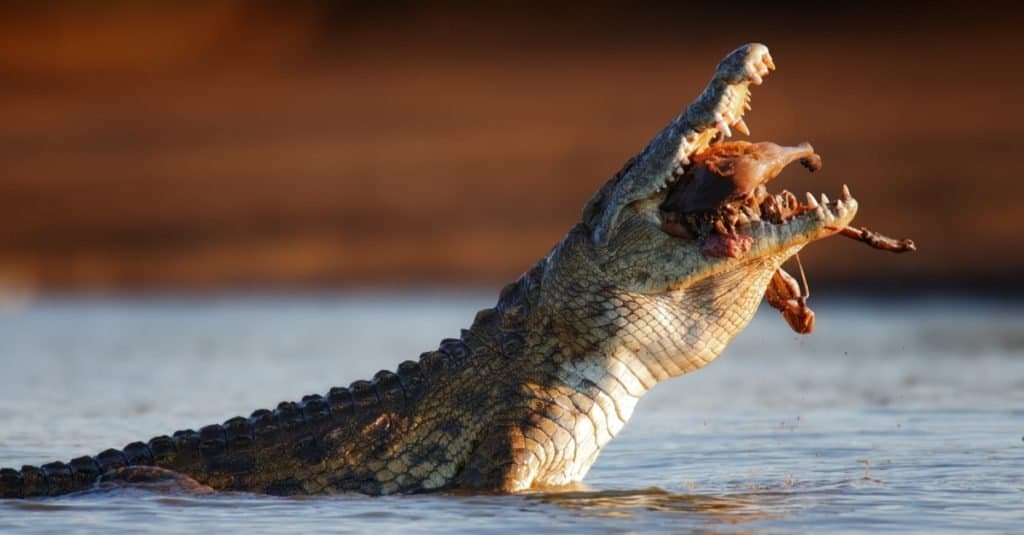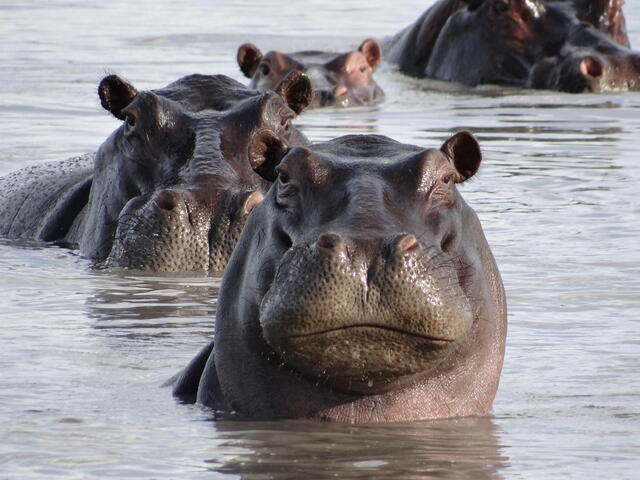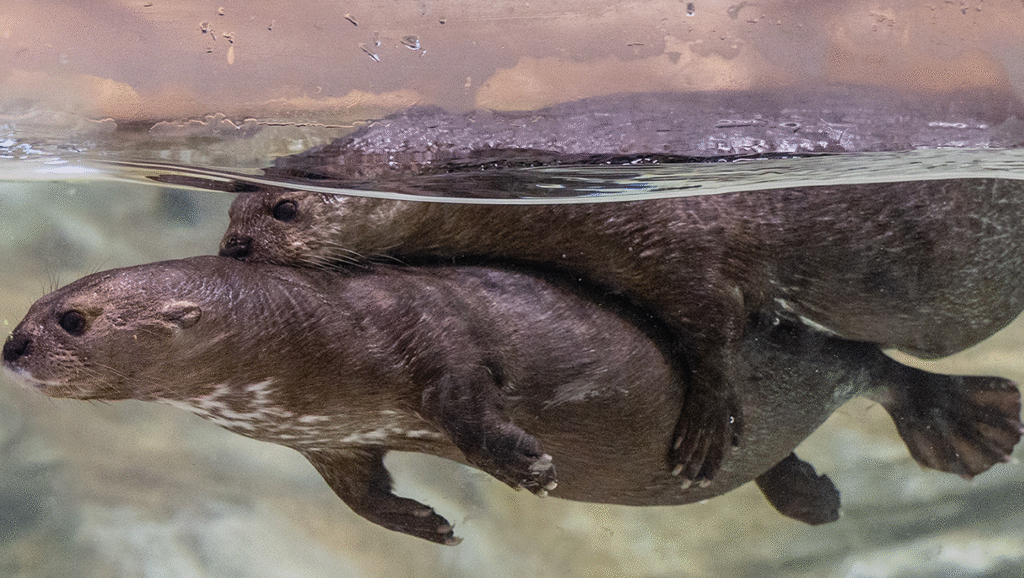Lake Victoria Animals: A Fascinating Insight
Lake Victoria, often hailed as the “Pearl of Africa,” stands as a monumental freshwater ecosystem straddling the borders of Kenya, Uganda, and Tanzania.
As the world’s largest tropical lake and Africa’s biggest by surface area—spanning an impressive 68,800 square kilometers—it serves not just as a vital water source for over 40 million people but also as a biodiversity hotspot teeming with extraordinary animal life.
From the iridescent depths where over 500 species of endemic fish once thrived to the lush papyrus-fringed shores alive with hippos and vibrant bird flocks, Lake Victoria’s fauna captivates ecologists, travelers, and conservationists alike.
This guide delves into the animals of Lake Victoria, exploring their diversity, ecological roles, and the urgent challenges they face. Whether you’re planning a Uganda safari or simply curious about this natural wonder, understanding Lake Victoria animals reveals a story of resilience, adaptation, and peril in one of Earth’s most dynamic habitats.
The Aquatic Realm: Fish and Invertebrates Beneath the Waves
At the heart of Lake Victoria’s animal kingdom lies its aquatic biodiversity, a testament to evolutionary marvels shaped by the lake’s relatively young geological age of about 400,000 years.
Formed amid the East African Rift Valley, the lake’s shallow, nutrient-rich waters—averaging just 40 meters deep—fostered an explosion of speciation, particularly among cichlid fishes.
Before human interventions, more than 500 fish species called this lake home, with 90% being endemic haplochromine cichlids found nowhere else on Earth.
These small, colorful fish, ranging from the algae-grazing Astatotilapia to the predatory Rastrineobola, occupied every niche: some scraped rocks for periphyton, others sifted plankton, and a few even specialized in picking parasites off larger fish.
Their diversity wasn’t just aesthetic; it formed a intricate food web that recycled nutrients efficiently, sustaining the entire ecosystem.
Tragically, this richness has been decimated. The introduction of the Nile perch (Lates niloticus) in the 1950s, intended to boost commercial fishing, unleashed a predator that ballooned to over 200 kilograms, devouring haplochromines by the millions.
By the 1980s, up to 200 cichlid species had vanished, and today, the IUCN estimates 45% of assessed fish are threatened or extinct.
Survivors include resilient species like Haplochromis nyererei, with light-sensitive eyes adapted to murky waters, and the commercially vital Nile tilapia (Oreochromis niloticus), which now dominates catches alongside the perch.
Other native holdouts are the air-breathing marbled lungfish (Protopterus aethiopicus), which aestivates in mud cocoons during dry spells, and the elephantnose fish (Mormyrus kannume), using electric pulses to navigate and hunt in the dim shallows.
Invertebrates add another layer of intrigue. The lake harbors 28 species of snails and slugs, some serving as intermediate hosts for schistosomiasis (bilharzia), a parasitic disease that claims thousands of lives annually and renders swimming perilous.
Freshwater prawns like Caridina nilotica scuttle along the bottom, while four crab species—such as the endemic Potamonautes platynotus—burrow in sediments, aiding nutrient turnover. These unsung heroes support the food chain, from juvenile fish to birds, underscoring the lake’s interconnected web.

Reptiles and Amphibians: Stealthy Inhabitants of Shore and Swamp
Lake Victoria’s edges blur into expansive wetlands, prime territory for reptiles and amphibians that thrive in the humid, vegetated fringes.
The Nile crocodile (Crocodylus niloticus), a formidable apex predator reaching 6 meters, lurks in reedy bays, ambushing prey with explosive lunges.
These ancient reptiles, numbering in the thousands around the lake, control fish populations but pose risks to humans, with attacks reported yearly in fishing communities.
Less aggressive but equally iconic are turtles: the African helmeted turtle (Pelomedusa subrufa) basks on logs, its dome-shaped shell a shield against predators, while the rare Williams’ mud turtle (Pelusios williamsi)—critically endangered and endemic to the lake basin—hides in muddy burrows, threatened by habitat loss and collection for bushmeat.
Amphibians, though less studied, pulse with life during rainy seasons. Frogs like the red-legged Kassina (Kassina fusca) chorus from papyrus stands, their calls echoing across the water.
These species, including various puddle frogs and toads, play crucial roles as insect controllers and prey for snakes and birds. However, pollution and invasive water hyacinth choke breeding sites, pushing many toward decline.
The lake’s amphibians highlight a fragile balance: their permeable skins absorb toxins easily, making them bioindicators of water quality.
Mammals: Giants and Elusive Denizens of the Shores
The shores and islands of Lake Victoria host a charismatic array of mammals, from colossal herbivores to sly carnivores. Hippopotamuses (Hippopotamus amphibius) are the undisputed stars—massive, barrel-shaped behemoths that wallow in pods of up to 100, grazing 40 kilograms of grass nightly before returning to submerge by dawn.
Beyond their grumpy reputation (responsible for more human deaths in Africa than any other large animal), hippos are ecosystem engineers: their dung fertilizes the lake with silica, fueling diatom growth that supports fish populations. Yet, overharvesting and habitat fragmentation endanger them, with poaching for meat and ivory a persistent threat.
Semiaquatic antelopes like the sitatunga (Tragelaphus spekii) navigate swampy shallows on splayed hooves, their shaggy coats blending into reeds as they evade leopards.
Marsh mongooses (Atilax paludinosus) and spotted-necked otters (Hydrictis maculicollis) prowl the edges, diving for crabs and fish with webbed paws.
On islands like Rubondo, introduced species thrive: chimpanzees swing through canopies, giraffes amble grasslands, and bushbucks (Tragelaphus scriptus) forage quietly, remnants of rewilding efforts from the 1960s.
Vervet monkeys (Chlorocebus pygerythrus) chatter in troops, raiding crops and alerting to predators, while elusive suni antelopes (Neotragus moschatus) dart through underbrush.
These mammals not only draw ecotourists but also maintain vegetation dynamics, preventing overgrowth that could smother wetlands.

Avian Spectacle: A Birder’s Paradise Over the Waters
No exploration of Lake Victoria animals is complete without its feathered residents—over 400 bird species, including 34 endemics and countless migrants.
The African fish eagle (Haliaeetus vocifer), with its piercing cry, perches on acacias, snatching tilapia mid-leap in a display of aerial prowess.
Papyrus gonoleks (Laniarius mufumbiri), vibrant red-and-black bush-shrikes, flit through swamps, their songs a symphony of the wetlands.
Grey crowned cranes (Balearica regulorum), Uganda’s national bird, dance in courtship rituals on mudflats, while shoebills (Balaeniceps rex)—prehistoric-looking storks—stalk shallows for lungfish, their massive bills snapping like traps.
Migratory flocks swell numbers seasonally: pelicans raft in thousands, herons spear eels, and kingfishers dart iridescent flashes. Islands like Saa Nane host breeding colonies, protected as vital nurseries.
Yet, waterbirds face peril from hyacinth blockages and pollution, with some species declining 50% in recent decades. Birdwatching here isn’t just observation; it’s a window into migratory marvels linking Africa to Eurasia.
Threats to Lake Victoria’s Wildlife: A Ticking Clock
Despite its splendor, Lake Victoria’s animals teeter on the brink. Invasive species like the Nile perch and water hyacinth (Eichhornia crassipes), introduced in the 1980s, have ravaged natives: hyacinth mats suffocate oxygen, fostering algal blooms that deplete dissolved gases.
Overfishing—yielding 1 million tons annually—strips stocks, while pollution from agriculture and industry introduces sediments and chemicals, acidifying waters and harming cichlids’ specialized jaws.
Climate change exacerbates this: warmer temperatures fuel evaporation, and erratic rains disrupt breeding. Seventy-five percent of endemic freshwater species face extinction, per IUCN assessments, with economic ripples—fisheries employ 3 million—threatening livelihoods.
Schistosomiasis, vectored by invasive snails, adds a human dimension: up to 200 million infections globally, concentrated here, deter safe water use and strain health systems. Human-wildlife conflicts, like hippo crop raids, fuel retaliatory killings, compounding losses.
Conservation Heroes: Safeguarding the Future
Hope flickers through concerted action. The Lake Victoria Basin Commission coordinates transboundary efforts, from perch quotas to hyacinth harvesting.
Protected areas like Rubondo Island National Park shelter 90% of the lake’s breeding fish, while community-led initiatives—such as Kenya’s Waterkeeper Alliance—restore wetlands and monitor poaching.
Aquaculture farms breed endangered cichlids like Oreochromis karongae, reducing wild pressure. Eco-tourism, via boat safaris and bird hides, generates revenue for locals, fostering stewardship.
International funding from the EU and World Bank supports reforestation, cutting erosion. Success stories abound: cichlid populations rebound in no-fish zones, and hippo sanctuaries minimize conflicts. Yet, scaling these—through policy enforcement and education—is key to averting a “cichlid collapse.”
Experiencing Lake Victoria Animals: Tips for Visitors
To witness this wildlife firsthand, base yourself in Entebbe (Uganda) for chimp treks on Ngamba Island or Mwanza (Tanzania) for Saa Nane’s biodiversity.
Opt for guided boat cruises at dawn to spot hippos yawning and eagles diving—safety first, as the lake claims 5,000 lives yearly from storms.
Pack binoculars for birding, insect repellent against mosquitoes (malaria vectors), and bilharzia prophylactics. Respect no-swim zones and support sustainable operators. Ethical tourism not only thrills but aids conservation—your visit could fund a turtle release.
Lake Victoria’s animals embody nature’s ingenuity and fragility, a mosaic of colors, calls, and currents under threat yet brimming with revival potential.
As the sun sets over its glassy expanse, casting golden hues on a fish eagle’s wing, one grasps the imperative: protect this lake, and its creatures endure as a legacy for generations
. In a world racing toward biodiversity loss, Lake Victoria reminds us that harmony between humans and wildlife isn’t optional—it’s essential.
